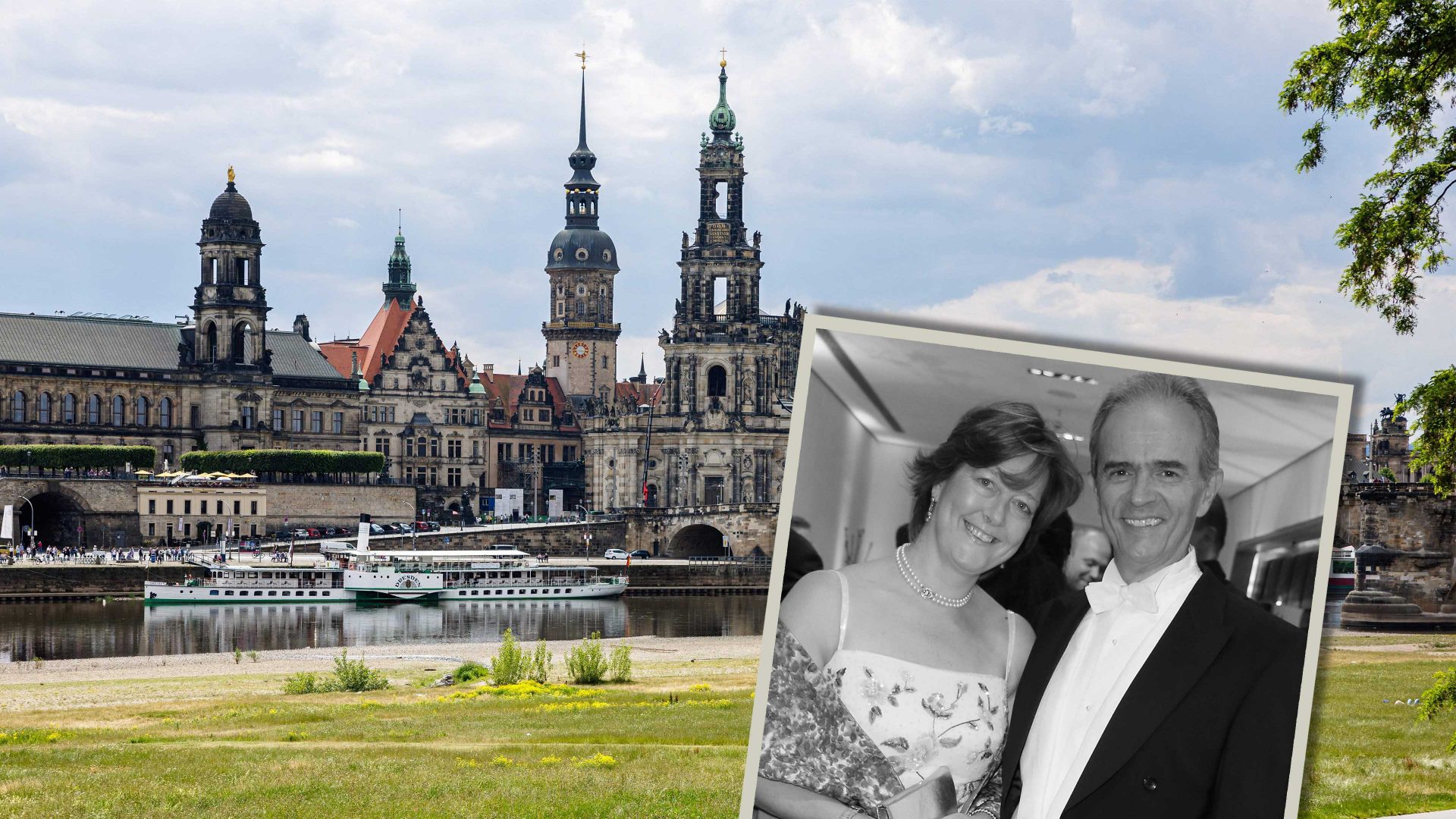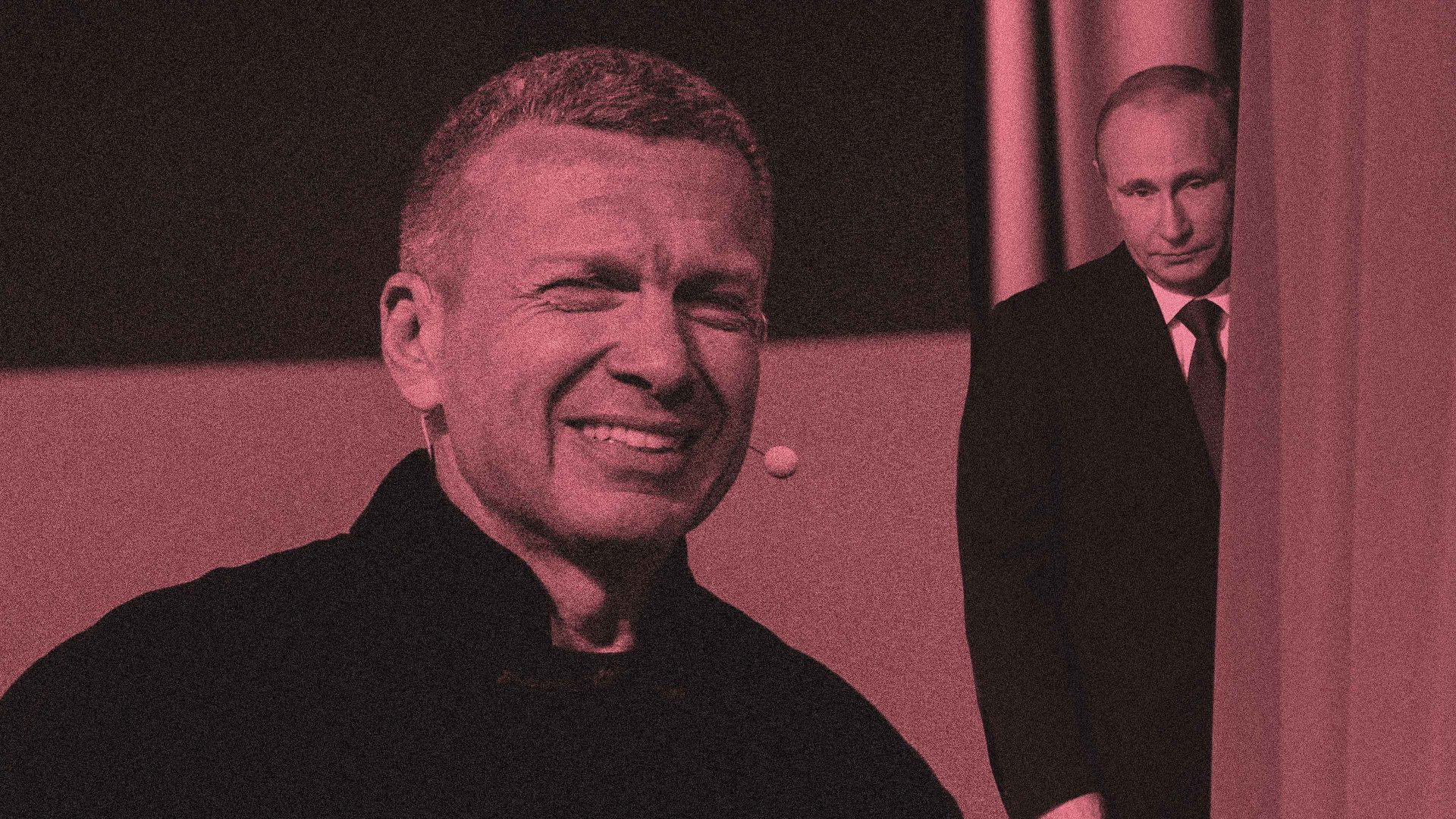It’s not every day that you meet a German prince while queuing for an ice cream. He had no bodyguard, no retinue, no airs and graces. Instead of sending a flunkey to get the desserts for his table, he stood in the queue himself.
The royals in Germany have no official standing any more. The last Kaiser, Wilhelm, abdicated in 1918 after defeat in the first world war. Germans now have the avuncular president Frank-Walter Steinmeier as head of state.
But there are still members of the old aristocracy to be found, and the one queuing for ice cream was none other than Prince Alexander of Saxony. The capital of Saxony, Dresden, was destroyed by allied bombing in 1945. Twenty-five thousand civilians died – burned, crushed by falling buildings or suffocated in the huge firestorms created by the blasts. After the war, Dresden was behind the iron curtain.
So where does that leave a prince of the royal House of Wettin, with ancestry dating back to the 10th century? Two days after our chance meeting over salted-caramel ice cream, I joined Alexander and his wife, Princess Gisela, at the former family palace.
“I was in bed at home in Mexico when my friend woke me up,” recalled Alexander. “He was standing in the street with a bottle of champagne in each hand, yelling at me to switch on the TV news. When I saw the crowds of people dancing at the Brandenburg Gate, surging through the checkpoints, I immediately started packing my bags, ready to fly to Germany.”
The new post-Soviet German administration welcomed the prince and put him to work creating diplomatic and trading links and bringing in investment. He was so successful in attracting tech startups that by 1998, Dresden was featured in TIME magazine under the title “Silicon Saxony”.
Alexander was equally successful in winning backers to restore the baroque palace and collections which his ancestor Augustus the Strong established in the 17th century. With mirrored halls to rival the Palace of Versailles, August’s glittering court was known as Elbflorenz – a new Florence on the river Elbe. Thanks partly to a multimillion-dollar gift from American philanthropist Paul Getty, it is still being restored and artefacts repatriated.
“These terribly delicate ivory pieces with their filigree details,” said the curator, Claudia Brink, “were looted by the Soviet Red Army when they occupied the city at the end of the second world war. But they looted them very, very carefully. None was damaged, and now they have been returned.”
Other treasures were grabbed in a jewel heist in 2019, but surrendered by the thieves in return for shorter jail sentences. But there are gaps in the display where three diamond-encrusted pieces are still missing, family heirlooms of Princess Gisela.
When Alexander stands next to the life-sized portrait of Augustus, I can see the family resemblance. Mind you, Augustus is reputed to have sired more than 300 children, so plenty of local families probably also share the high forehead, strong eyebrows and distinctive nose.
How did Saxony acquire such wealth, prestige and a flourishing artistic, scientific and musical tradition? Prince Alexander says it was all down to failure on the battlefield.
“We have all this silver in the Erzgebirge Mountains, and copper,” he said. “Lots of minerals, natural resources and natural talents. We never used them for making war. Instead, we made beautiful things.”
Alexander is apolitical. Is he worried about right wing extremists in Saxony?
“It’s not my role to get involved in politics of the right or left,” he says, diplomatically. “I want to bring people together, not divide them.”
Gisela agrees: “So many of these young politicians think they can re-invent the wheel. They should look at history, and really learn from history.”
Half of the palace’s gorgeous facades are still smoke-blackened from the bombing. The rest are gleaming, faithfully restored. Just two minutes walk away is the brutalist, communist-era Palace of Culture with its socialist-realist mural of industrial workers. It’s now home to the symphony orchestra, the city library and a noisy mother-and-toddler group.
History is here. It’s written on the walls. But, apart from the selfie-snapping tourists, is anybody really looking at it?
Jane Whyatt has worked as a journalist, newsreader and independent producer for the BBC and commercial TV networks



